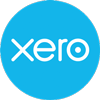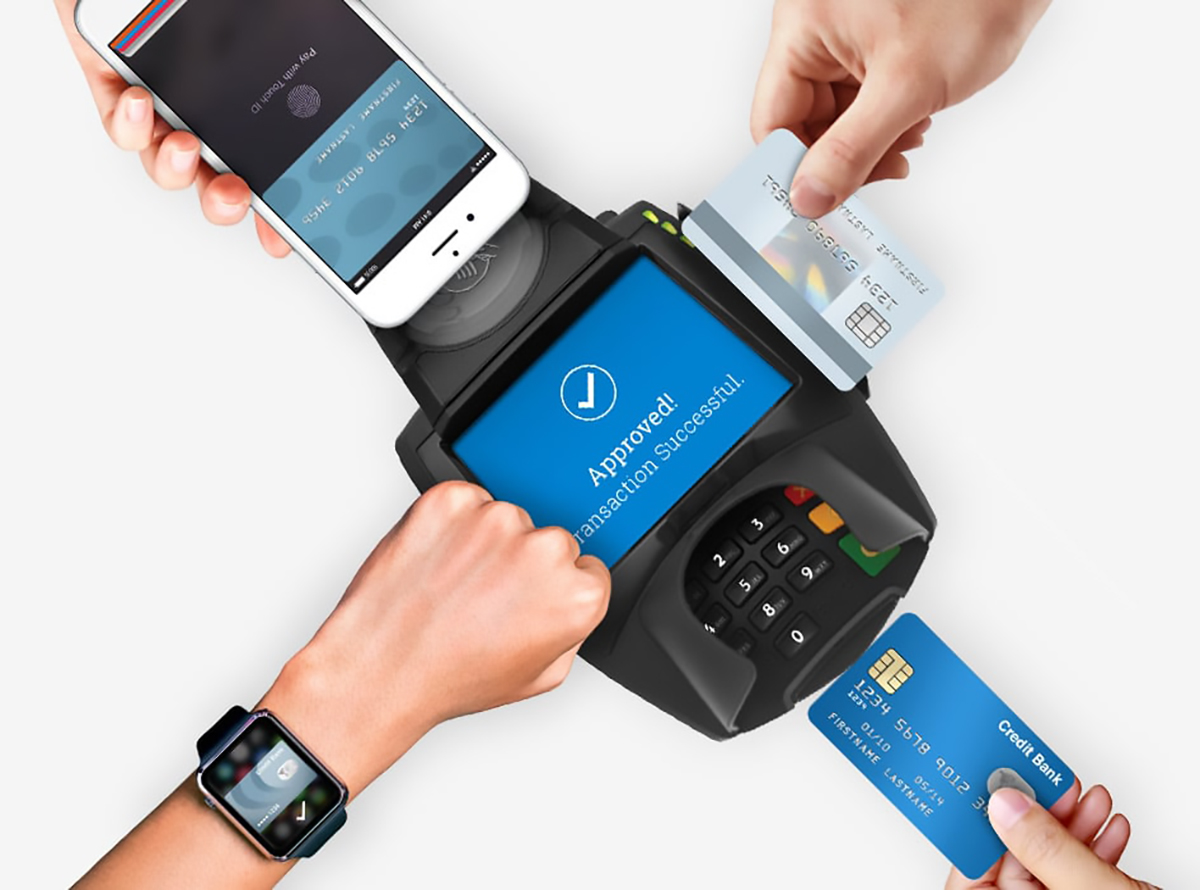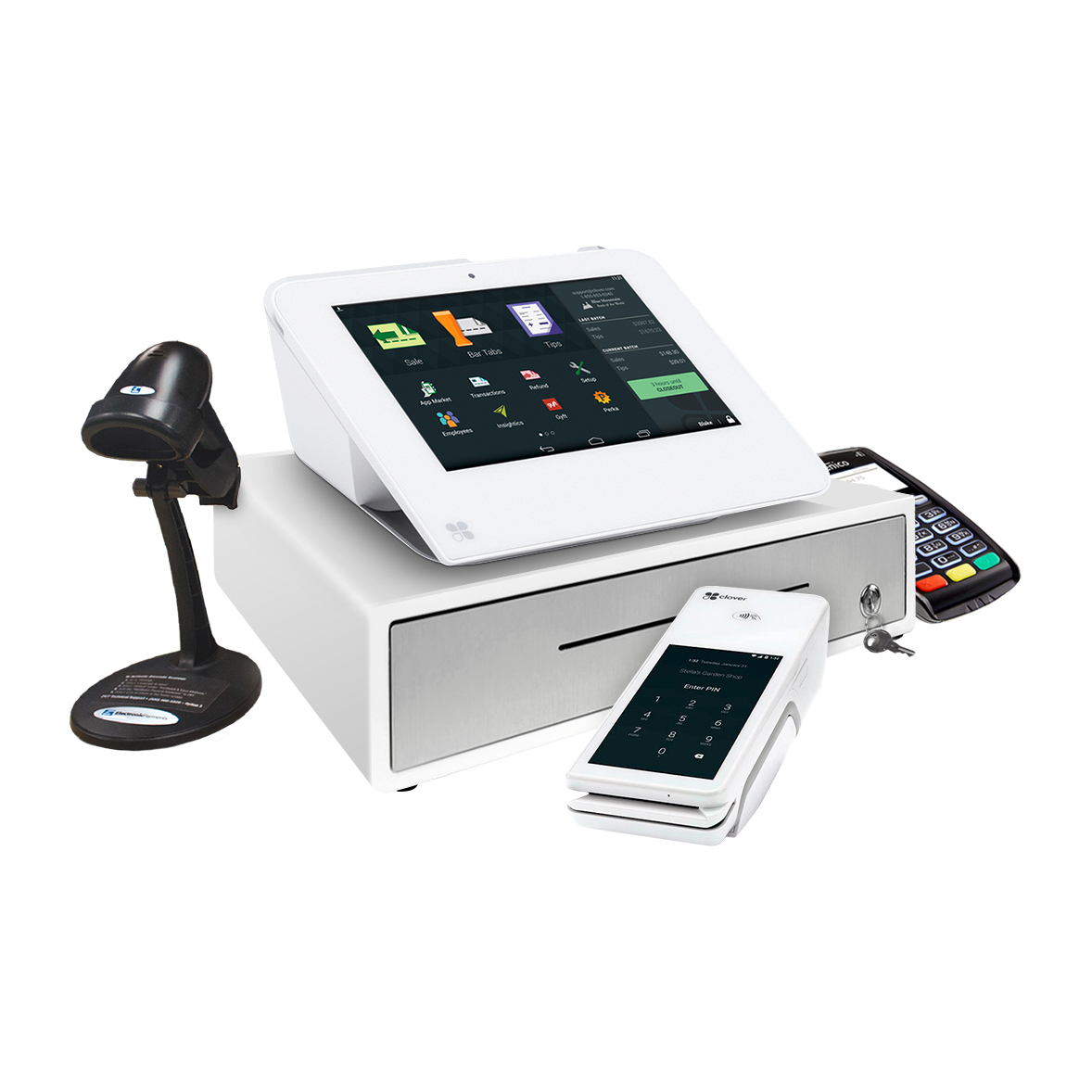Our cloud-based platform is so seamlessly integrated you would think it was part of your accounting software.




Automated reconciliation with QuickBooks

Achieving Seamless Automation in QuickBooks
The term Automated reconciliation with QuickBooks has become the linchpin in modern financial management. In my two decades as a financial consultant, it's clear that leveraging automation transforms a business's accounting operations. By eliminating manual data entry, businesses can now save precious hours and direct their energy toward growth. Whether you're a small business owner or managing a complex enterprise, automation integrates seamlessly within QuickBooks Online and Desktop, synchronizing transactions with bank feeds and matching them automatically.
Why Automation is a Game-Changer
Automating reconciliation with QuickBooks opens up avenues for businesses to streamline their accounting workflows. This synergy not only reduces errors but enhances accuracy, a vital perk when managing cash flow. My experience with clients shows that once reconciliation is automated, day-to-day accounting starts to run like a well-oiled machine. This model empowers businesses to leverage QuickBooks' full potential, ensuring that their financial data is always up-to-date.
- Time Efficiency: Automation reduces the time spent on tedious reconciliation tasks.
- Enhanced Accuracy: Fewer manual entries mean minimal errors and precise financial records.
- Real-Time Reporting: Access to real-time financial data leads to informed decision-making.
How to Automate Reconciliation in QuickBooks
Beginning your journey with Automated reconciliation with QuickBooks requires a few strategic steps:
- Link Your Bank Accounts: Connect your bank and credit card accounts to QuickBooks. This ensures automatic fetching of transactions.
- Set Up Bank Rules: Define rules for transaction categorization, streamlining the reconciliation process.
- Utilize Biller Genie Integration: This tool assists in synchronizing invoices and payments, offering seamless automation.
- Regularly Review: Conduct periodic checks to ensure all transactions align seamlessly, maintaining accuracy and integrity.
By integrating these elements, businesses witness streamlined financial management, reducing the time spent reconciling manually.
What Challenges Might Arise with Automated Reconciliation?
The process of Automated reconciliation with QuickBooks isn't entirely glitch-free. The most common issue faced is discrepancies between the bank's statement and the QuickBooks ledger. This often stems from outstanding checks or unrecorded transactions. On occasion, technological glitches may impede seamless data synchronization. As a practice, I suggest double-checking reconciliations for missing transactions or inaccuracies, a step that saves from frustrating audits down the road.
In scenarios where complexities abound, seeking professional guidance can provide clarity. My experience highlights that aligning reconciliation practices with your business's growth trajectory is essential for continued success.
Advanced Tips for Mastering Automated Reconciliation
To truly excel at Automated reconciliation with QuickBooks, consider these advanced strategies:
- Regular Training: Ensure that your finance team stays updated with the latest QuickBooks features and enhancements.
- Leverage Analytics: Use analytical tools within QuickBooks to uncover financial trends and potential issues early.
- Integrate Third-Party Applications: Solutions like Biller Genie enhance the reconciliation process, adding layers of efficiency.
Implementing these strategies will not only enhance your reconciliation process but align it with broader financial objectives, ensuring your operation remains adept and agile.

Seamless Invoice Reconciliation
Reconcile invoices with QuickBooks in real time to ensure your accounting remains accurate and up-to-date. The process involves synchronizing your QuickBooks platform with your transactional data so you can automatically track invoices against payments. This eliminates manual data entry errors and enhances efficiency.
At The POS Brokers, we've seen businesses transform their accounting by utilizing real-time reconciliation. Our clients report significant time savings as their systems automate complex accounting tasks, allowing them to focus on growth. The integration of advanced invoicing tools ensures all transactions are aligned accurately within QuickBooks.
How to Reconcile Invoices with QuickBooks in Real Time
To reconcile invoices with QuickBooks in real time, start by ensuring your bank accounts and QuickBooks are fully integrated. Here's a simplified process:
- Connect your bank account to QuickBooks through the bank feeds feature.
- Set up automated invoice generation and payment reminders for each client.
- Use QuickBooks' payment matching feature to automatically align incoming payments with outstanding invoices.
- Regularly review the matched transactions to confirm accuracy and completeness.
- Adjust your QuickBooks settings to send out alerts for any discrepancies.
By adhering to these steps, your financial data will be consistently dependable.
What are the Benefits of Real-Time Reconciliation?
Reconcile invoices with QuickBooks in real time and unlock numerous benefits for your business. Primarily, it enhances cash flow management as your books reflect real-time financial health. You gain insights into pending invoices and paid accounts, facilitating informed decision-making.
Another advantage is the reduced risk of human error. Automated systems drastically cut down on discrepancies. This not only boosts trust with stakeholders but also saves time that can be invested in strategic areas. Trust in accurate financial data leads to more robust planning.
What Challenges Might You Encounter?
Reconcile invoices with QuickBooks in real time, and you'll inevitably face a few challenges. A common issue is the initial setup; integrating third-party payment tools with QuickBooks can be technically demanding. We recommend consulting professional services to ensure seamless setup.
Another hurdle is maintaining data consistency. Regular reviews and updates of transaction data are necessary to prevent mismatches. This is where tools like Biller Genie can be invaluable by automating the collection and reconciliation process.
- Initial Setup Complexity
- Data Consistency Maintenance
- Stonewalling on Reconciliation Tools
Automated Reconciliation Solutions
Adopting automated reconciliation solutions like those provided through The POS Brokers can revolutionize how you reconcile invoices with QuickBooks in real time. With features allowing custom invoicing, scheduled billing, and integrated payment pathways, our systems simplify the reconciliation process.
In my 20 years of experience, I've observed that businesses leveraging these kinds of solutions see a significant decline in accounting discrepancies. Automation not only saves time but also sharpens financial clarity, which is crucial for strategic growth.
Enhancing Efficiency with Level 2 and 3 Optimization with QuickBooks
Level 2 and 3 Optimization with QuickBooks is a game-changer for businesses managing complex cash flows. Engaging these capabilities, I've seen firsthand how they pave the way for more savings, deeper insights, and streamlined processes. The intricacies of QuickBooks, coupled with enhanced credit card processing levels, create an operational synergy businesses can't afford to overlook.
Level 2 and 3 Optimization with QuickBooks not only reduces processing fees but also aligns seamlessly with advanced invoicing, enhancing the payment ecosystem. By capturing detailed line-item data, businesses can extract valuable insights directly from their QuickBooks interface, leading to better decision-making and a more efficient allocation of resources.
What Qualifies as Level 2 and 3 Optimization with QuickBooks?
Level 2 and 3 Optimization with QuickBooks is achievable through the integration of detailed transaction data, such as tax amounts, customer codes, and item descriptions, into your payment operations.
- Set up a compliant payment gateway capable of capturing necessary data fields.
- Ensure credit card use is restricted to qualifying types within QuickBooks.
- Regularly audit your transaction data for accuracy and completeness.
- Leverage a robust reporting system within QuickBooks to track and analyze data.
The Importance of Accurate Data Capture
With over 20 years in the industry, I've witnessed how detailed data capture transforms the landscape of merchant services. Accurately capturing and transmitting information like customer purchase orders and tax indicators through Level 2 and 3 Optimization with QuickBooks can drastically lower your interchange rates.
Investing in a tailored data capturing mechanism is crucial. It not only supports cost savings but enhances operational transparency, empowering businesses to maintain compliance and secure their payment processes effectively. The precision of data capture defines the operational leverage you gain.
Tips for Implementing Level 2 and 3 Optimization with QuickBooks
- Upgrade Payment Systems Regularly: Technology evolves rapidly, ensuring that your systems are up-to-date guarantees optimal transaction processing and security.
- Train Your Staff: Educating your team on data entry best practices ensures that data is captured accurately and consistently.
- Conduct Periodic Audits: Regular audits help in identifying potential gaps in data capture which can be addressed timely to sustain Level 2 and 3 Optimization with QuickBooks.
These steps provide a robust foundation, leveraging QuickBooks to its full potential while fostering a culture of continuous improvement and operational excellence.
The Real-World Impact of Level 2 and 3 Optimization with QuickBooks
In my experience with The POS Brokers, businesses utilizing Level 2 and 3 Optimization with QuickBooks witnessed a significant drop in their processing costs, sometimes saving over 1% per transaction. This direct impact can increase profit margins, especially for enterprises handling high transaction volumes.
These optimizations allowed clients to refocus their resources on growth and innovation, rather than being bogged down by excessive fees and inefficient processes. This transition is not merely about cost-cutting; it's about transforming payments into a strategic advantage.

What is Automated Reconciliation with QuickBooks, and how does it benefit my business?
Automated reconciliation with QuickBooks refers to the process where financial transactions are automatically synchronized and matched with your bank feeds, significantly streamlining your accounting operations. Imagine spending hours manually entering data and comparing transactions only to realize a simple automation tool could cut that time drastically. Automated reconciliation minimizes errors by reducing manual data entry, providing more accuracy in your books. This leads not only to time savings but also enhances the reliability of your financial data, allowing you to focus on areas that drive business growth.
Through my experiences with various businesses, I've seen firsthand how automation can act as a game-changer, transforming the accounting department into a seamless, efficient part of the organization. If you're curious about how this could apply to your unique business model, consider which operations consume most of your time and ponder the potential improvements automation might bring.
What challenges could I face with Automated Reconciliation in QuickBooks, and how can I overcome them?
While the benefits of automated reconciliation are plentiful, some challenges can arise, such as discrepancies between your bank statements and QuickBooks ledger due to outstanding checks or unrecorded transactions. I've often observed businesses grappling with these issues, which could sometimes feel like finding a needle in a haystack.
To address this, it's crucial to routinely double-check your reconciliations for missing or mismatched transactions. Additionally, engaging in regular training and updates can prevent technological glitches and keep your system running smoothly. Professional guidance can make a big difference, especially if you're integrating complex financial practices with automation. Have you faced any such challenges in your current reconciliation process?
How can I master Automated Reconciliation with QuickBooks using advanced strategies?
Mastering automated reconciliation requires a few advanced techniques. For instance, regular training keeps your finance team adept with the latest QuickBooks features. Use analytical tools to gain insights into your financial trends, allowing you to act swiftly on potential issues. Integrating third-party solutions like Biller Genie can also enhance this process, providing even more efficiency.
In my consulting experience, businesses that implement these advanced strategies often find themselves more agile and responsive to financial changes. Reflect on your current processes--could these tips enhance your accounting practices and align them with your business objectives?
How can I reconcile invoices with QuickBooks in real time, and what advantages does this offer?
Reconciling invoices with QuickBooks in real time involves setting up your bank accounts and QuickBooks to sync automatically, matching incoming payments with outstanding invoices. This automation not only reduces manual entry errors but also keeps your books consistently updated. Businesses I've worked with report significant time savings and improved cash flow management when leveraging real-time reconciliation. It allows them to see a clearer picture of their financial health at any given moment.
When considering the advantages, think about the peace of mind knowing your financial data is always current, leading to better strategic decisions. Does your current setup provide this level of accuracy and insight?
What is Level 2 and 3 Optimization with QuickBooks, and how can it impact my business?
Level 2 and 3 Optimization in QuickBooks involves utilizing detailed transaction data, such as item descriptions and tax amounts, to reduce processing costs and enhance financial insights. This optimization can significantly lower interchange rates, a strategy particularly beneficial for businesses handling high-volume transactions. From my observations, businesses that adopt this optimization save on processing fees, which directly boosts their bottom line.
Reflect on how your business currently handles credit card transactions--are there opportunities to save on fees through such optimizations?
How can I implement Level 2 and 3 Optimization in my QuickBooks setup?
Implementing Level 2 and 3 Optimization involves setting up a payment gateway that captures necessary transaction data and regularly auditing this information for accuracy. Training your staff on data entry best practices is also crucial. I've seen businesses that conduct regular audits and staff training sessions experience fewer discrepancies and more efficient processes.
Would examining your current data capture processes and seeking improvements benefit your payment operations?
What common misconceptions exist about Automated Reconciliation with QuickBooks?
A common misconception is that automated reconciliation entirely eliminates the need for human oversight. While automation drastically reduces manual work, it still requires regular reviews to ensure accuracy, especially in the case of mismatched transactions or outdated rules. Through my years working with businesses, I've realized that maintaining a balance between automation and human verification is key to optimal financial management.
Have you considered how automation could integrate with your current financial oversight practices to enhance their effectiveness?
Resources
- Internal Revenue Service (IRS) - The official website of the United States Internal Revenue Service providing tax information and services.
- U.S. Small Business Administration (SBA) - The official website of the U.S. Small Business Administration offering resources, tools, and guidance for small businesses.
- U.S. Securities and Exchange Commission (SEC) - The official website of the U.S. Securities and Exchange Commission providing information about securities regulation and enforcement.
- Federal Reserve System - The official website of the Federal Reserve System offering economic research, data, and monetary policy information.
- USA.gov - The official website of the United States government providing a wide range of resources and services for citizens.
Contactless Payments!
Ensure your safety with the convenience of contactless payments. Our wide range of devices offers seamless contactless payment options, along with mobile contactless alternatives for hassle-free curbside pickups and deliveries. Contact us today for further details and stay secure.
Chip Card
Swipe Card
Apple Watch
E-Check
NFC Phone
 Quick Tip
Quick Tip
38% of new business owners make the wrong choice when selecting a POS for their startup.
Let Us Help You Choose the Right POS System and Save You the Hassle!

Contactless Payments!
Stay safe with contactless payments. All of our devices have contactless payment options and mobile contactless options for curbside pickups and deliveries. Call now for more information.
Chip Card
Swipe Card
Apple Watch
E-Check
NFC Phone
Ready to talk to an advisor?
Complete the form or call us now to talk to a live representative.
“The POS Brokers are amazing. They answered all our questions and explained everything clearly.”
Retail Owner






Reviews
There are no reviews yet.